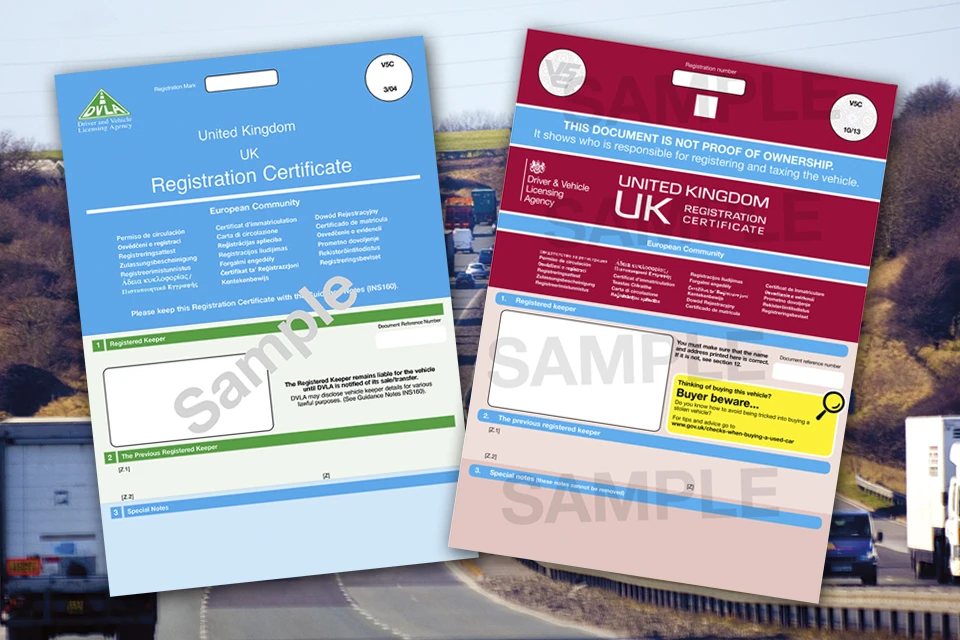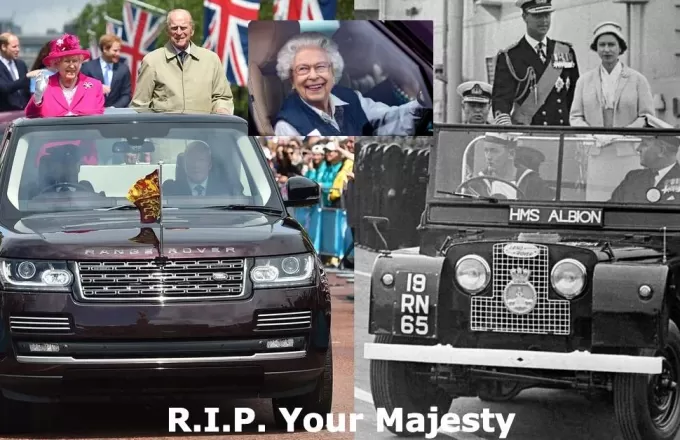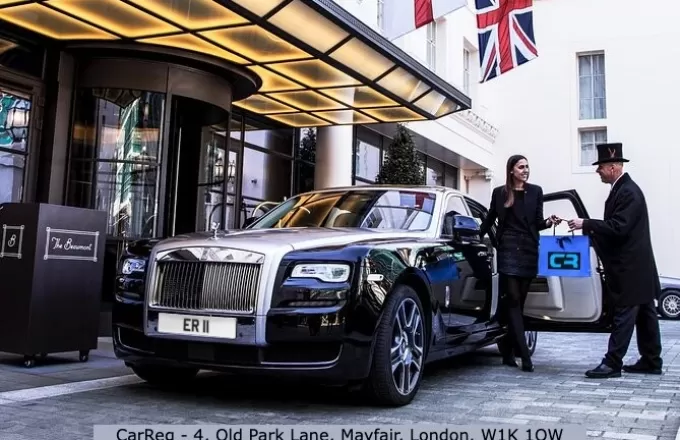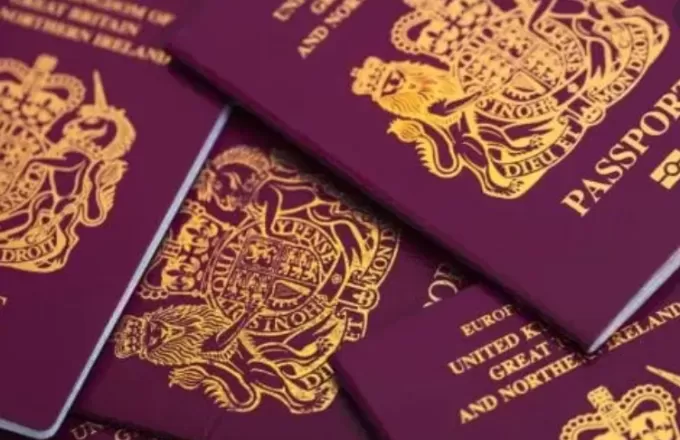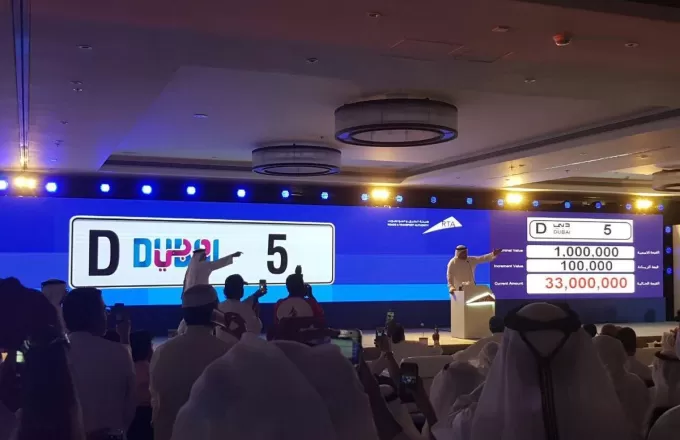How to Change a Car’s registered Keeper
Buying and selling a car in the UK is a relatively simple process compared to other countries. However, you need to follow the correct procedure to properly and legally transfer ownership of the vehicle to another person. This useful guide sets out the essential steps for ensuring the safe and smooth transfer of a car, whether you’re the seller or buyer.
Car Sellers Guide to Transferring Ownership
Every UK registered car has a V5C document, commonly known as the log book, which shows the vehicle’s registered keeper. The document has a V5C/2 section - “Selling or transferring my vehicle to a new keeper.” When you’ve agreed to sell your car, you need to fill in this section, tear it off and give to the new owner as proof that the car’s registered keeper has changed.
In the past, you had to fill in sections of the V5C and send it to the DVLA, but the agency has simplified the process by enabling you to complete it online. Just visit the DVLA website and fill in the required details. You’ll need to provide the buyer’s email address. You will receive instant email confirmation of the changes followed by written confirmation in the post. You now follow the same process if you are selling your car to a motor trader as you would for a private buyer.
Once the change of keeper has been confirmed, you’ll receive a refund of any remaining Vehicle Excise Duty (VED), also known as road tax, that’s outstanding for that year. The road tax can no longer be transferred with the vehicle.
What to Do When You’re Buying a Car
When you’re buying a vehicle privately, always check that the seller has the V5C and that the details are correct. Make sure the seller’s name and address are correct and that the vehicle’s make, model, colour, engine size, and chassis number match the car you’re looking at.
Once you’ve agreed to buy the car, confirm that the seller is using the DVLA’s online service and, if so, give them your email address. You’ll also receive an email confirmation of the transfer. The new V5C document will be posted to you and you should receive it in around five days.
As the road tax is not transferrable with the car, you will need to tax the vehicle immediately or declare a Statutory Off Road Notification (SORN). Taxing your new car is quick and easy to do on the DVLA website. You’ll need a credit or debit card and the 12-digit reference number from section six of the V5C/2 “new keeper” document.
Give Your New Car a Unique Personal Touch with Private Number Plates
If you’ve bought a new car, why not buy some personalised number plates from us at CarReg to give it a unique look. You’ve seen how easy it is to change ownership of a vehicle, and it’s just as simple to transfer a new personalised registration number to your new wheels. Find your perfect private number plates today with CarReg.co.uk.
How to Change of Vehicle Ownership:
Changing the ownership of a car, often referred to as "change of keeper," is an essential process that involves transferring legal ownership rights from one individual to another. This process ensures that the new owner becomes responsible for the vehicle's legal and financial obligations.
Why Change Vehicle Ownership?
There are various situations in which you might need to change the ownership of a vehicle:
- Purchase or Sale: If you're buying or selling a vehicle, transferring ownership is necessary to update the records with the Driver and Vehicle Licensing Agency (DVLA).
- Gift or Inheritance: Transferring ownership can also occur when a vehicle is given as a gift or inherited from someone else.
Step-by-Step Guide to Change Vehicle Ownership:
- Gather Required Documents: Before initiating the ownership change process, make sure you have the following documents:
- Vehicle's V5C (logbook) in the seller's name
- New keeper's details, including name and address
- Vehicle's registration number (number plate)
- Notify the DVLA: Notify the DVLA about the change of ownership using the V5C/2 section of the logbook (green slip). Fill in the relevant details and send it to the DVLA. Alternatively, you can notify the DVLA online through their official website.
- Update the Logbook: The new owner should receive a new V5C logbook in their name within a few weeks. This document is crucial for proving ownership and updating vehicle records.
- Vehicle Tax and SORN: If you're the new owner, you'll need to ensure the vehicle is taxed in your name. If the vehicle is not being used on public roads, you can declare it as off the road (SORN) until you're ready to tax it.
- Inform Your Insurance Company: Update your car insurance policy with the new owner's details. This ensures a seamless transition and avoids any gaps in coverage.
- Keep Records: It's essential to keep records of all communications and documents exchanged during the ownership change process. This will be helpful for reference in case of any future issues.
Conclusion:
Changing vehicle ownership in the UK is a straightforward process that involves notifying the DVLA about the change of keeper. Whether you're selling, buying, or transferring ownership due to other circumstances, following these steps will ensure a smooth transition of legal responsibilities and records. Stay informed and make use of the DVLA's online services for a convenient way to change vehicle ownership while complying with the regulations set forth by the authorities.
Remember, accurate and up-to-date information is crucial, so always refer to the official DVLA website or seek professional advice if needed.
